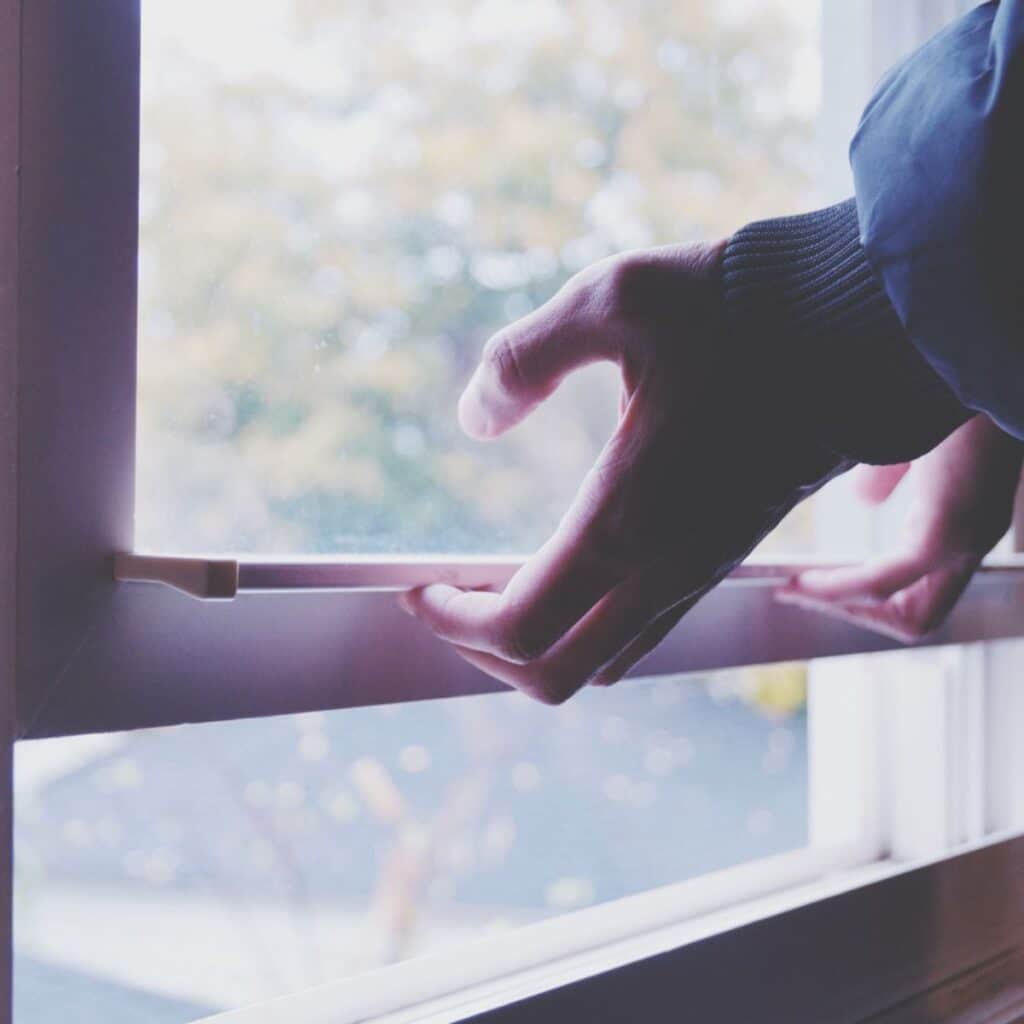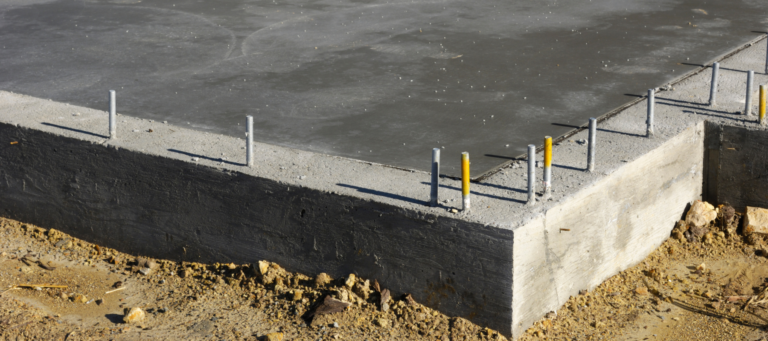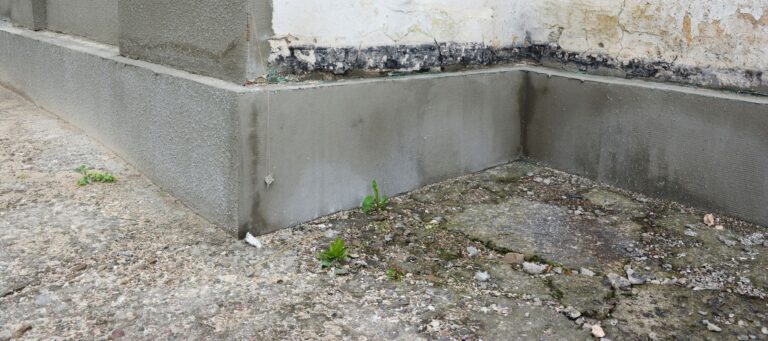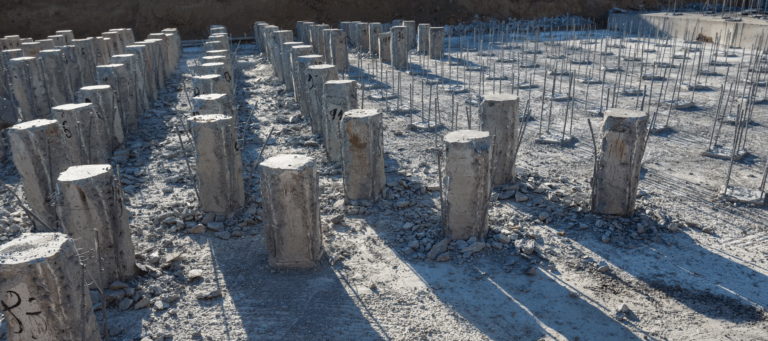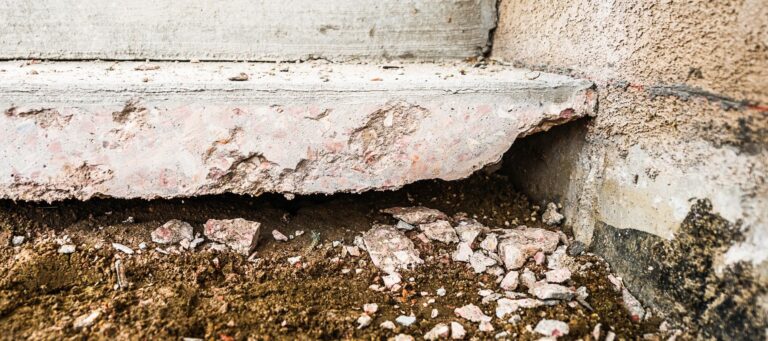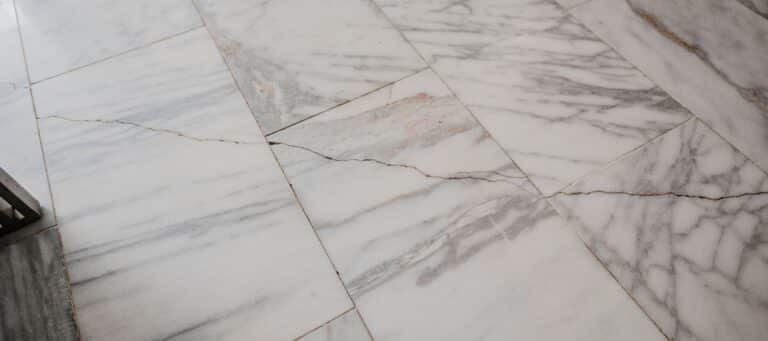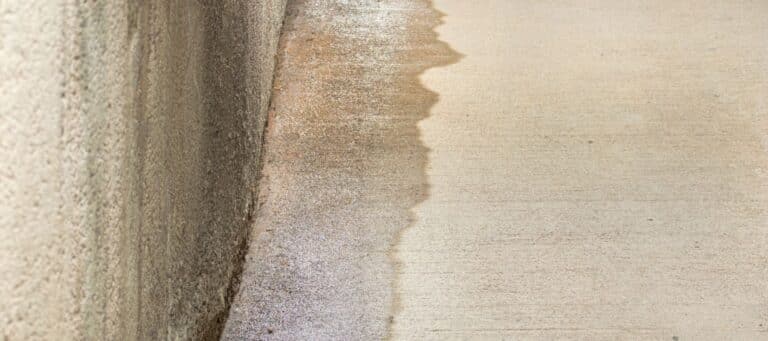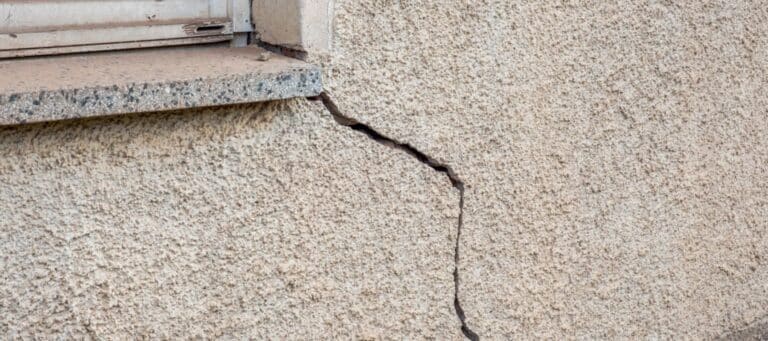Dealing With Sticking Doors Or Windows?
If you live in Texas — especially in areas like San Antonio, Austin, Waco, Dallas or Fort Worth — you know how tough our soil and weather can be on homes. At G.L. Hunt Foundation Repair, we see it every day: sticking doors and windows are one of the most common early signs of foundation damage in Texas homes.
As the clay soils throughout Central and North Texas expand and contract with moisture changes, they can cause your foundation to shift or settle unevenly. That movement often shows up first in your doors and windows.
Suddenly, the door that used to close easily is dragging on the floor. Or that window in the living room barely budges no matter how hard you try.
Sound familiar? You’re not alone.

What Causes Sticking Doors & Windows In Texas Homes?
While it’s true that humidity or swelling wood can sometimes cause minor sticking, homes in Texas face a bigger problem — unstable soil.
Changes in the soil under your foundation can lead to:
- Foundation cracks
- Settling or sinking
- Shifting piers or beams
- Uneven floors
- Structural stress on door and window frames
Trying to fix a sticking door or stuck window without addressing the foundation won’t solve the real issue. And in Texas, that issue is almost always the soil.
Signs Your Stuck Door Or Sticky Window Is From Foundation Damage
Here’s what to watch for:
- Doors that won’t latch, drag, or won’t stay closed
- Windows that are hard to open or won’t stay up
- Cracks forming above doors or windows
- Gaps between doors/windows and the wall
- Uneven floors near doors or windows
- Multiple doors or windows sticking in different rooms
If you notice any of these signs — especially in an older Texas home or after a dry season — it’s time to call the pros.
How G.L. Hunt Foundation Repair Fixes The Real Problem
At G.L. Hunt, foundation repair is what we do. We’ve helped homeowners across Texas protect their homes from shifting soil and foundation damage for over 30 years.
Our expert team can inspect your home, determine if your foundation is causing your sticking doors or windows and recommend the right repair solution. Depending on your situation, that might include:
- Concrete slab foundation repair
- Pier & beam foundation leveling
- Steel or concrete pier installation
- Drainage solutions to protect your foundation
- Preventative maintenance tips for Texas soil
Once your foundation is stabilized, those sticky doors and stuck windows can often be adjusted back to normal — and stay that way.
Serving Homeowners Across Texas
G.L. Hunt Foundation Repair proudly serves:
- San Antonio
- Austin
- Waco
- Dallas
- Fort Worth
- And surrounding Texas communities
Wherever you are in Texas, our team understands the unique foundation challenges in your area — and we know how to fix them.
Don’t Let Sticking Doors & Windows Get Worse — Get A Free Estimate From G.L. Hunt
Stuck windows and sticky doors may seem like a small problem, but they could be telling you something big about your foundation.
At G.L. Hunt Foundation Repair, we offer free foundation estimates for homeowners across Texas. We’ll find out what’s really going on — and help you protect your biggest investment. Call G.L. Hunt Foundation Repair now and let’s get your doors, windows and foundation back on solid ground.
